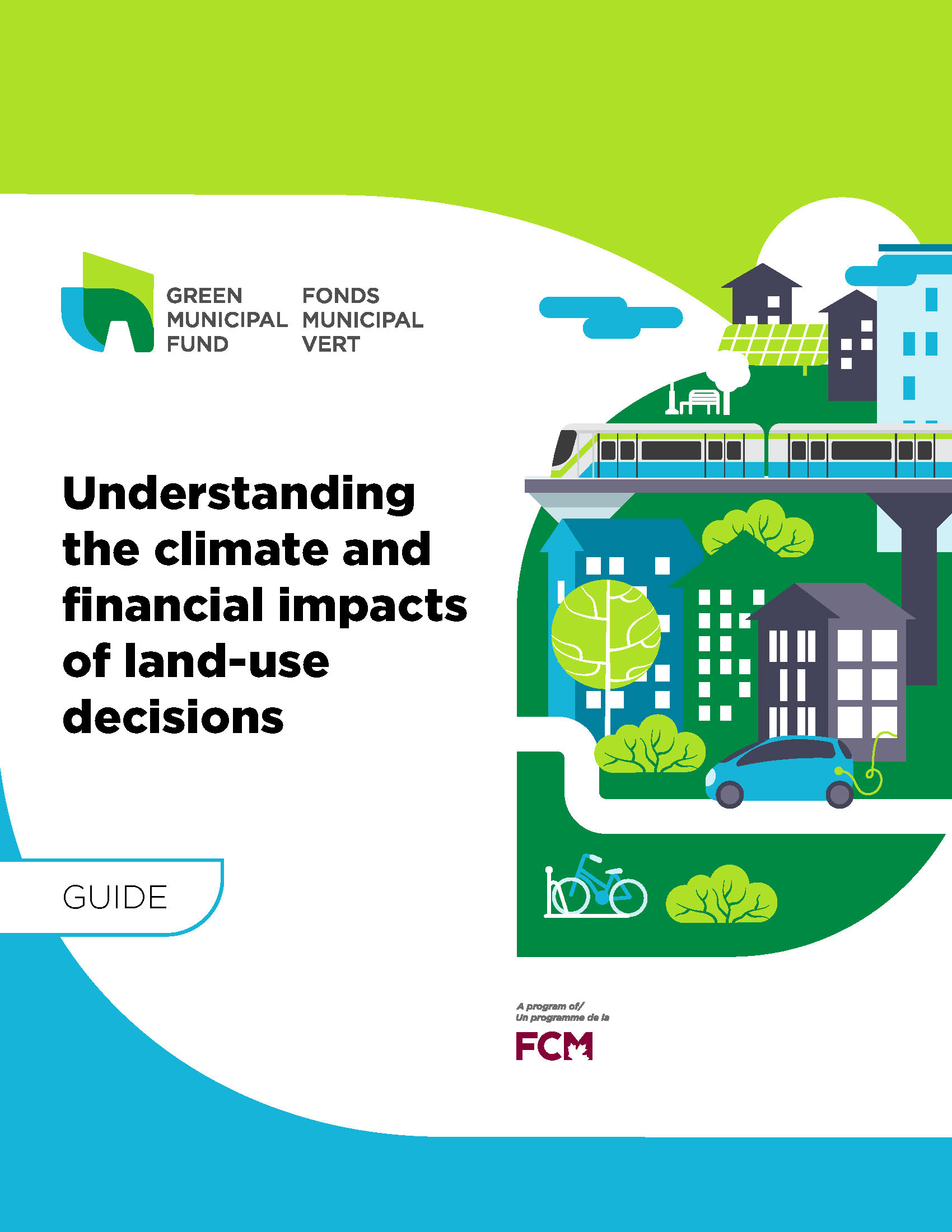As communities grow, local governments are looking for ways to accommodate, service and support new residents and businesses. However, finding space for additional housing, commerce and agriculture while aligning cost and environmental benefits to your community’s needs can be challenging.
To help municipal staff and elected officials overcome these challenges and make explore sustainable land use options, we’ve developed a pair of resources with support from Canada Mortgage and Housing Corporation (CMHC). This tool explores the financial and climate implications of potential projects and a guide that provides tips, strategies and a high-level understanding of how land use decisions can impact a municipality’s climate and fiscal sustainability.
Tool: Land use impact calculator
A plugin for Microsoft Excel, open to all members of the public, this tool can allow local governments to explore the potential impact of land use projects. Users can explore potential land use scenarios and their impact by imputing data related to buildings, services, infrastructure, transportation and municipal revenue.
Guide: Climate and financial impacts of land-use decisions
This informational guide can help municipalities better understand the benefits of land use development while highlighting best practices and strategies that lock in positive fiscal and climate effects. It features a case study, links to helpful resources and a detailed comparison of the implications of three types of land use developments:
- Walkable mixed-use infill (high density)
- Transit-focused (medium density)
- Residential-focused (low density)
Through this comparison, readers will form a better understanding of the impacts each project-type has on housing, transportation, energy, municipal finances and more.


